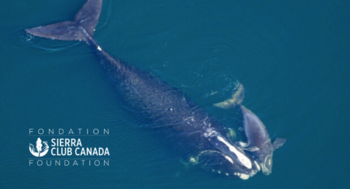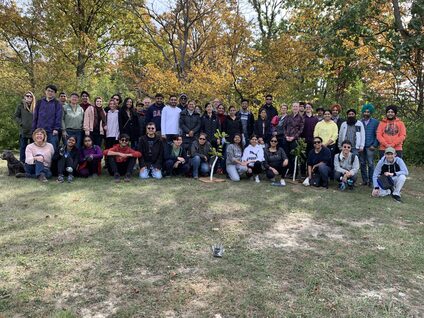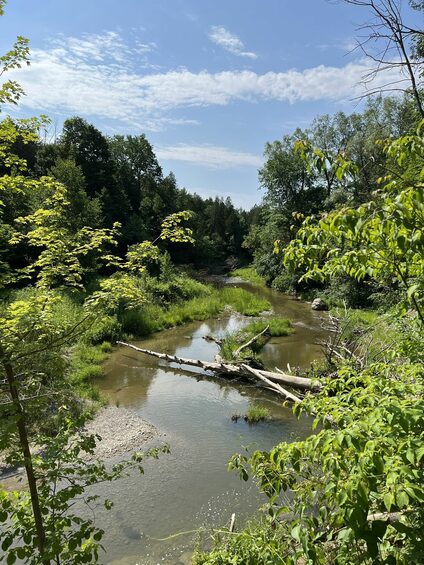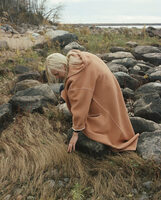Webinar: How Climate Change is Affecting the Temperature of the Gulf of St. Lawrence
Simon L'Allier, Marine Mammal Coordinator — July 15, 2022Join us for our final event of the ocean conservation webinar series! We're wrapping everything up with a presentation on climate change and its impacts on the Gulf of Saint-Lawrence marine ecosystem.

















